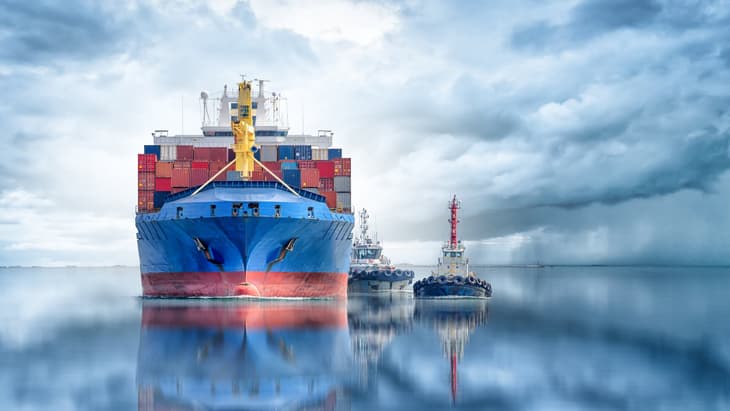Meeting shipping’s demand for e-fuels could require 1TW of hydrogen production capacity and 2TW of renewable energy generation by 2050, according to the Global Maritime Forum.
Analysis conducted by Arup for the Global Maritime Forum said the maritime sector’s transition to e-fuels could support up to four million new jobs by the mid-century – double the number of seafarers serving today.
It said job creation would be seen across three main supply chain areas: renewable energy generation, hydrogen production and e-fuel production.
... to continue reading you must be subscribed





